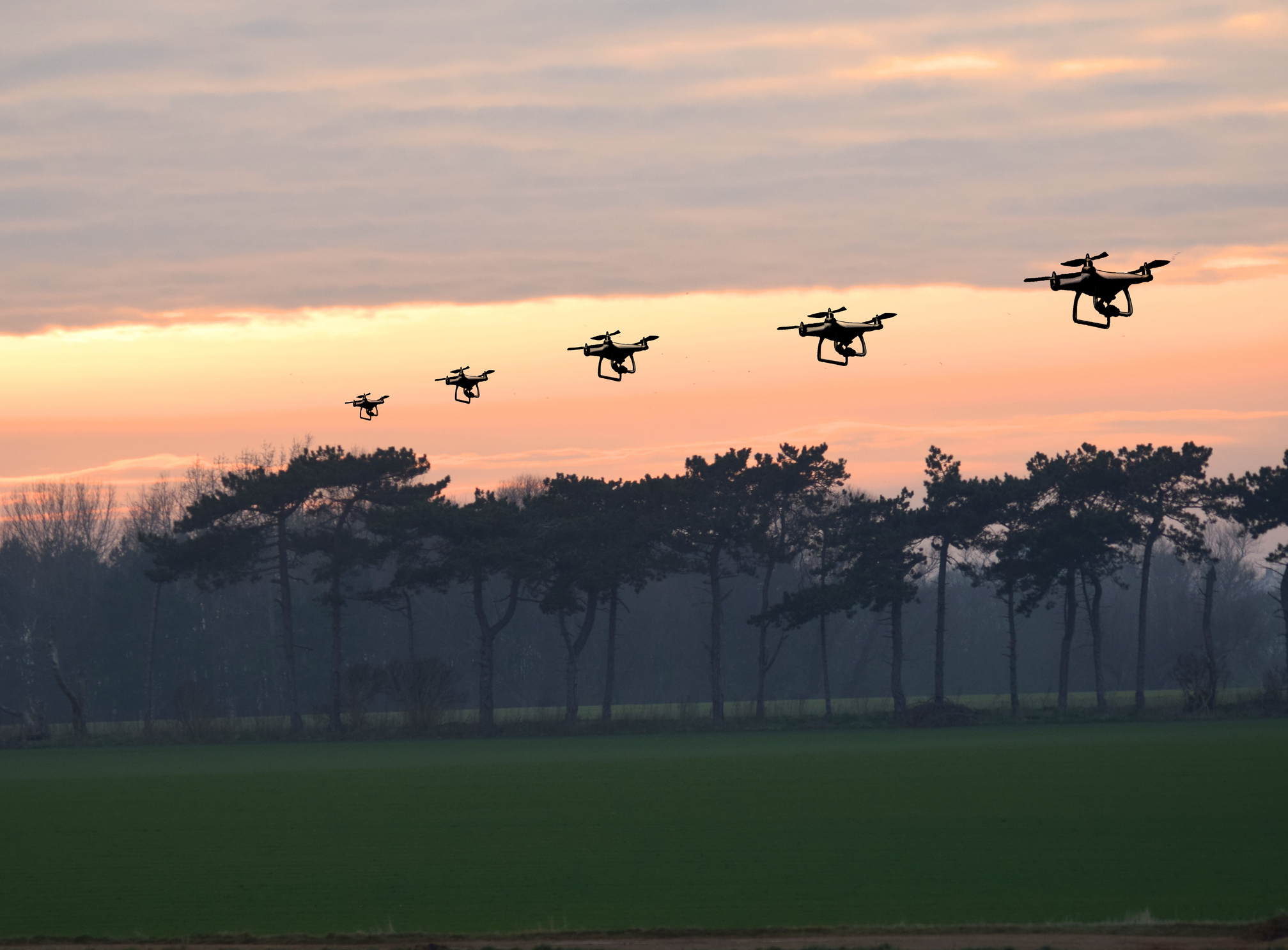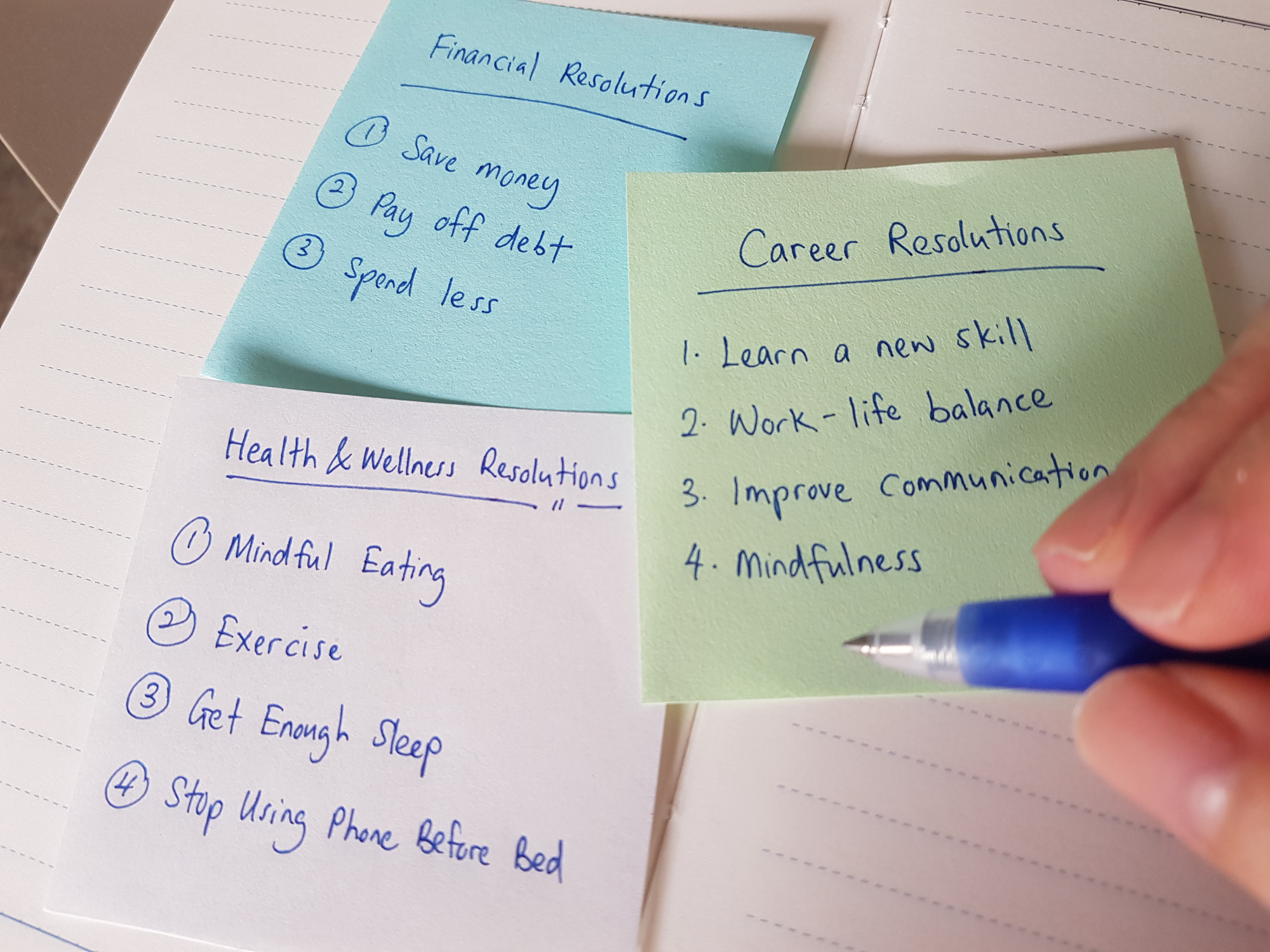Strengthening the next generation of Peruvian Amazonian Leaders

Highlights
- Wake Forest University hosted seven Indigenous leaders from Peruvian Amazon.
- Their visit, co-sponsored by the U.S. Department of State, is part of the Connecting Cultures program.
- The goal is to spark dialogue and find solutions to pressing environmental and cultural issues.
Young leaders from six Indigenous nations in the Peruvian Amazon will head back home with a new vision and resources to tackle pressing environmental and social issues in their communities.

Indigenous leader Nayap Santiago Velásquez talks with faculty and students.
During their visit to Wake Forest University this month, the Indigenous leader delegation spent several days on campus meeting with students, staff and faculty, sharing their stories and exchanging ideas with local indigenous leaders.
The program is called Connecting Cultures. The initiative is a collaboration between the U.S. Department of State, Wake Forest’s Center for Amazonian Scientific Innovation (CINCIA), and the University’s Center for Energy, the Environment and Sustainability (CEES), with additional funding from the U.S. Agency for International Development (USAID), the Gordon and Betty Moore Foundation and several other private funders.
“Connecting Cultures provides support for young Indigenous leaders to raise awareness of the threats they face and to build networks of support for the communities to understand the global attention that needs to be placed on the threats to the Peruvian Amazon,” said Luis Fernandez, research professor of biology and the executive director of CINCIA.
Programming focused on topics impacting Indigenous communities in Peru, including conservation and territory management; tribal education; gender equality; community surveillance systems; and sustainable economic activities.
“We have seen destruction from illegal gold mining, logging and other practices,” said Nayap Santiago Velásquez, from the Wampis Indigenous nation in the northern Peruvian Amazon. “We are trying to protect and preserve our cultural heritage and our environment.”
Bridging barriers
To break down communication barriers during the Indigenous delegation’s visit to campus, the Interpreting and Translation Studies Graduate Program at Wake Forest University provided oral interpreting in two modes – consecutive and simultaneous. Using a system similar to the United Nations, students downloaded an app on their cell phones or devices and were able to hear everything translated into English and Spanish by an interpreter from the booths in Greene Hall.
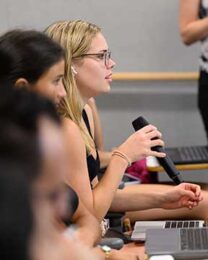
Students ask questions after hearing a presentation.
Velásquez, along with others in the delegation, talked with students in Victor Hernández-Huerta’s Government and Politics in Latin America class about their experiences, as well as the challenges that they are facing in their communities.
“The delegation came from so far away to speak their story at Wake Forest. It’s really inspiring to see people my age doing such amazing work in an international community,” said politics and international affairs major Matthew Trosino, a junior from Bloomington, Illinois.
For Wake Forest senior Alice Maxey, the conversations gave her a new perspective on the issues. “I appreciate that Wake Forest allows me the opportunity to speak with people who are from the places that I’m learning about. It was inspiring and empowering.”
Before class, Hernández-Huerta held a workshop for the Indigenous delegation to provide training on how to better communicate with political representatives and explain the needs of their communities.
“This visit speaks to the University’s commitment to Pro Humanitate. We have to do something for all humanities, not just us in the classroom, or researchers in the lab or students just learning from the textbook, but engaging with a larger community and trying to do something to improve the lives of everybody in this world,” said Hernández-Huerta, assistant professor and director of the Latin American and Latino Studies program at Wake Forest.
Connecting Cultures
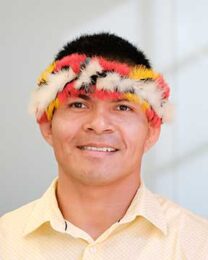
Edgar Flores
Wake Forest is deeply invested in issues that are of particular importance to the Connecting Cultures delegation. Through CINCIA, which is based in the Madre de Dios region of the Peruvian Amazon, scientists like Fernandez and an international team of researchers are developing ways to reforest the land while protecting human health and natural systems.
“We are excited about this partnership with Wake Forest University,” said Edgar Flores, community development coordinator at the U.S. Embassy in Lima, Peru. “This is the first time the delegation members have been in the United States, and we want to empower them, so they can guide and serve their communities with sustainable developments, environmental care and leadership.”
After a campus tour guided by the Wake Forest Undergraduate Admissions Office, the Indigenous leader delegation also met with students, faculty and staff from the Environment and Sustainability Studies Program, the Women’s Center, the School of Law, the School of Divinity, the Department of Biology and other departments.
“Connecting Cultures is an opportunity to meet young people from other cultures, learn how they safeguard their territories, and exchange lessons on how we can conserve forests, transform resources and maintain our culture and traditions.” Omar Miki Matias Rojas, a 26-year old from the Ashaninka community in Peru.
During a visit to the School of Law, the delegation heard from Professor John Knox, a former UN Special Rapporteur on Environment and Human Rights (2012-2018) on how international law protects the rights of Indigenous communities worldwide, and what Native peoples can do if countries violate these rights.
“Having all of you here with us today exemplifies the Law School’s commitment to that philosophy. We take seriously our obligation to address legal and societal issues around the globe,” said Dean Andrew Klein, who opened the session.
Professor of the Practice Scott Schang also shared strategies of how to use the environmental commitments by global corporations to pressure countries to protect the rights of indigenous communities.
Sharing experiences
Learning about tools to help in the fight against illegal gold mining and other environmental challenges sparked new ideas for 29-year-old Kelly Patiachi from the Harakmbut community in Peru.
Patiachi explains how her community is being impacted by illegal mining and mercury contamination in waters and fish, as well as the invasion of lands.
“We talked with a professor about the use of drones for the community for surveillance and to map the land. We wanted to create these alliances and connections so perhaps in the future we can touch back with them and get information and, if possible, even have workshops to build capacity in the communities to be able to use tools like drones for the benefit of our community.”
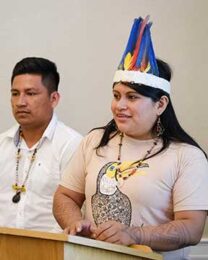
Kelly Patiachi explains how illegal gold mining is impacting her community.
The delegation also met in person with local Indigenous leaders from the Lumbee tribe and virtually with the Inuit tribe in Canada.
“We found out that the Inuit have the same problem that we have with mercury contamination in fish,” said Patiachi. “Knowledge is the basis for everything. Here at Wake Forest University, we see so many components to the solution, there’s knowledge, there’s good professors, there’s dedicated people to provide the basis for future action.”
For 23-year-old Danitza Cenepo Tapullima, women’s rights and increasing access to justice are important issues that she hopes to raise more awareness about. She is part of an initiative to develop an intercultural protocol for cases of violence against women of the Kichwa Indigenous people of San Martín.
“By having these conversations with young students and leaders on campus, I’m finding ways to implement new proposals and bring them to the Indigenous women and youth in my region to strengthen their involvement.”
Making new friendships and alliances
The goal of program organizers is to support these young Indigenous leaders in their communities and help them find the answers they are looking for to overcome the challenges they face.
“We came with hope and optimism. Because we believe that we can find commonality so that we can both move forward on the same path and this space is an example of that,” said 23-year-old Wilton Tamani Ramirez with the Kukama Kukamira community in Loreto.
Wake Forest President Susan Wente and Provost Michele Gillespie provided a warm welcome to the Indigenous leader delegation. With interpreters by their side, they were able to connect on a deeper level.
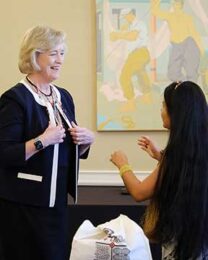
President Susan Wente greets members of the Indigenous leader delegation.
In appreciation for the University’s hospitality, the delegation presented the president and provost with necklaces made by women in the Peruvian Amazon.
“It’s inspiring to be here with you because you represent the future of leadership for conservation and sustainability in the Amazon and because you exemplify what it takes to solve the world’s most pressing problems,” said President Wente. “It takes radical collaboration across cultural, national and disciplinary boundaries. It will also require government and nonprofit organizations and the scholars and students and staff of educational institutions like Wake Forest University. Today is an example of how we can work together for better outcomes.”
As the conversation continued, Provost Michele Gillespie highlighted the University’s recently published strategic framework document that will serve as a guide to its 200th birthday in 2034 and beyond.
“All of you present here today together with us are a direct reflection of our third thematic goal: to build meaningful, mutual partnerships to honor our commitment to the wellbeing of local, regional and global communities,” said Gillespie.
“I’m excited about the work that CINCIA is doing not just in scientific solutions, but also in community engagement, especially with Indigenous communities,” she added. “Wake Forest continues its dedication to sustainability scholarship, and we look forward to a continued partnership.”
Extending the story through art
The conversations that sparked new awareness about environmental and cultural issues facing Indigenous populations in the Peruvian Amazon will continue in the community even after the delegation heads home.
An accompanying art exhibit – “MINE: What is Ours in the Wake of Extraction?” at the University’s Lam Museum of Anthropology – opened during the delegation’s visit to campus. Indigenous leaders spoke with the crowd about mining in their territory and gave a slide presentation of what they are seeing in their communities.
The paintings on display tell a story about illegal gold mining in the Peruvian Amazon and the ecological and social destruction mining is causing.

In addition, there is a complementary series of works from an artist group based in South Africa that provides some archival material about the devastation of mining activities throughout the world.
“The idea for the combination of the two is to provide a macrocosm/microcosm view of extractive mining practices,” said Patsy Craig, curator of the exhibit.
The exhibition, which runs through December 8, is a collaboration with CEES and the anthropology department.
“This collection of works is serving as a backdrop for all kinds of different student learning,” said professor Andrew Gurstelle, academic director for the LAM Museum. “We invite professors to integrate the exhibits into their curriculum, so we tailor the exhibits for classes in a variety of academic fields.”
The Indigenous leader delegation also traveled to Washington D.C. during the second part of the Connecting Cultures initiative. They are visiting several government agencies and other organizations, including the Department of Interior, the Bureau of Indian Affairs, the Smithsonian Institution Museum of the American Indian, the National Geographic Society, and the Indian Law Resource Center.
“We hope that the delegation will have new allies, a greater set of communication skills and a network that will support them in their fight for their environment and their traditional livelihoods.” Luis Fernandez, research professor of biology, and the executive director of CINCIA
Categories: Top Stories
Wake Forest News
336.758.5237
media@wfu.edu
Meet the News Team
Headlines
Wake Forest in the News
Wake Forest regularly appears in media outlets around the world.


